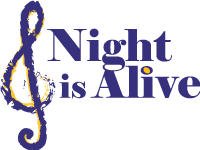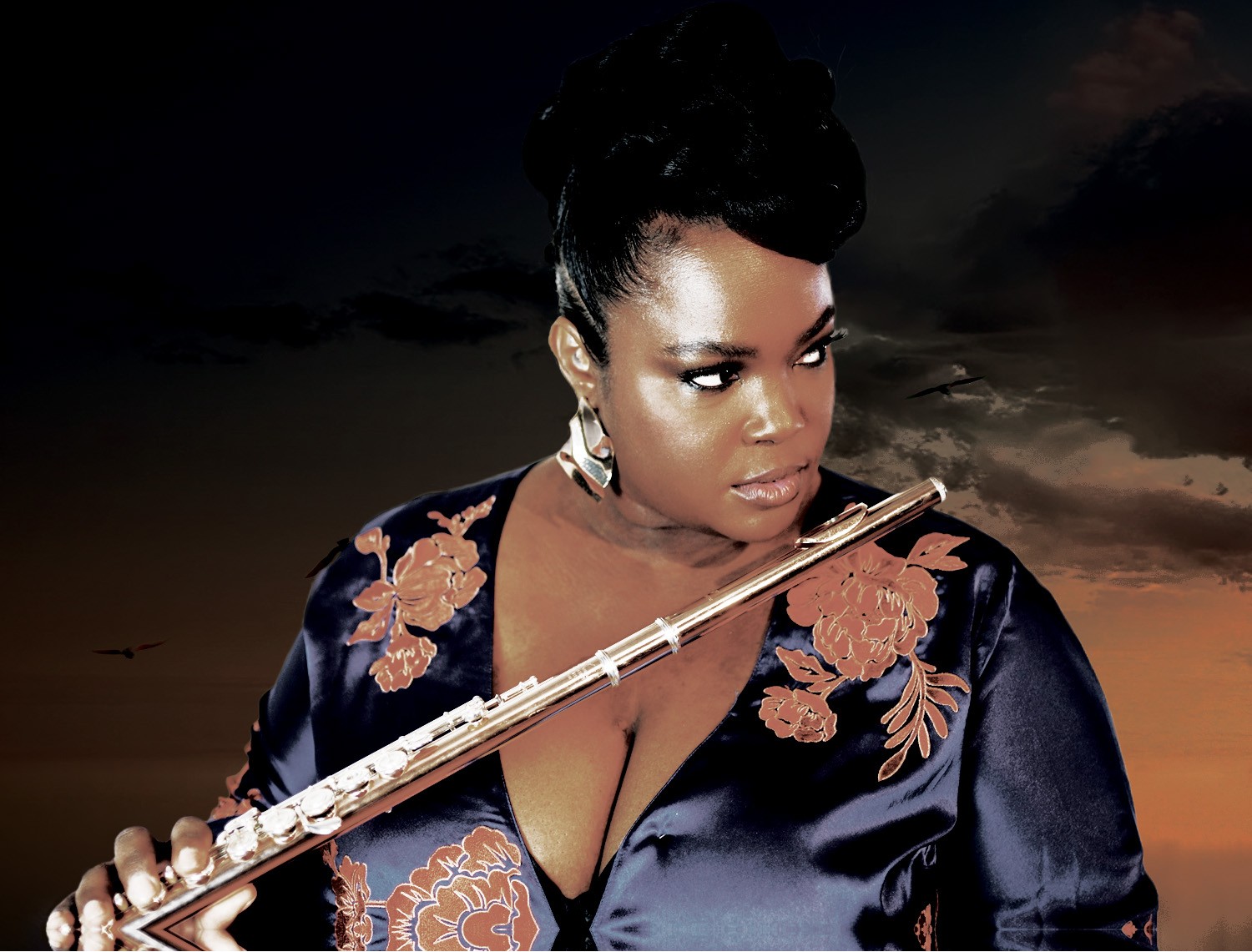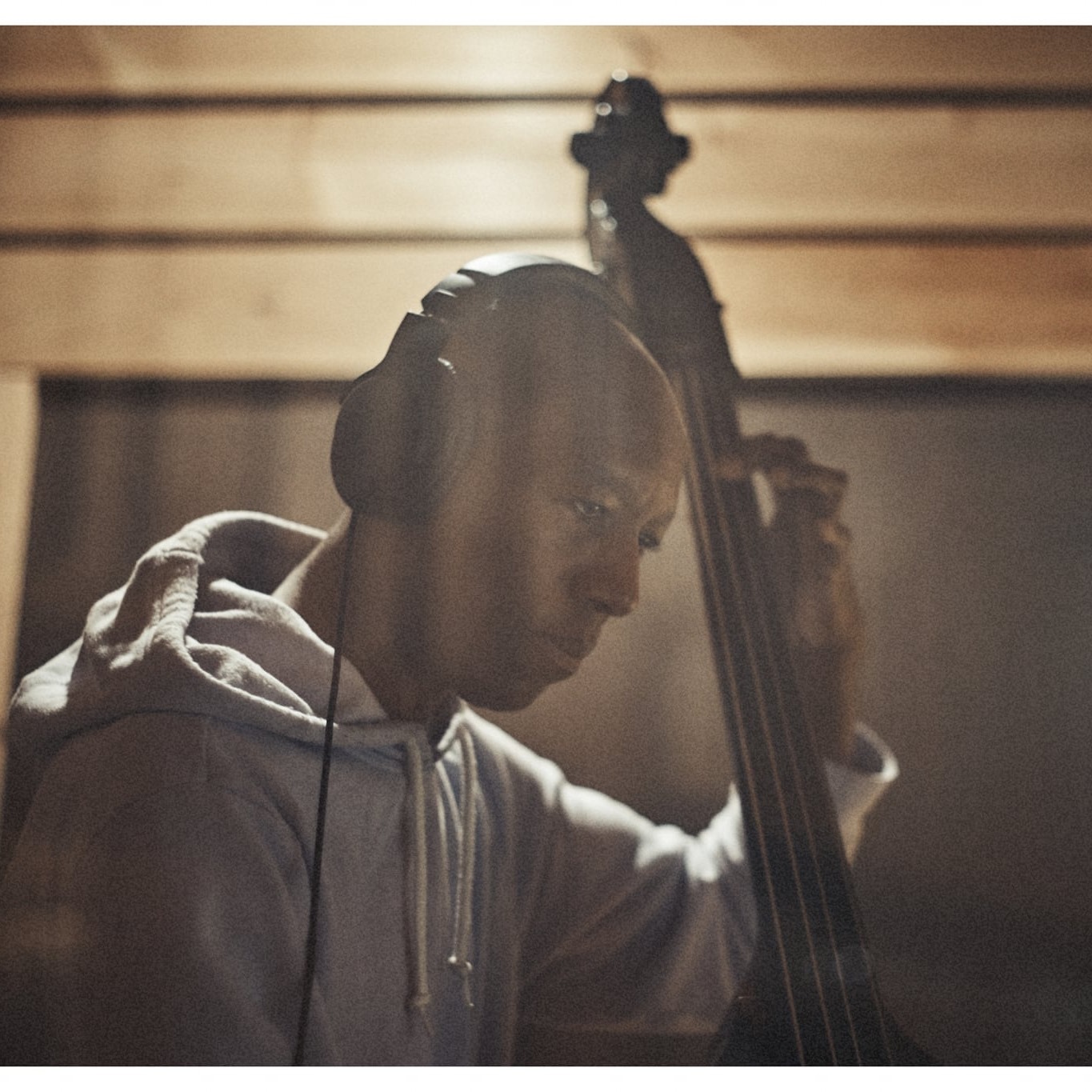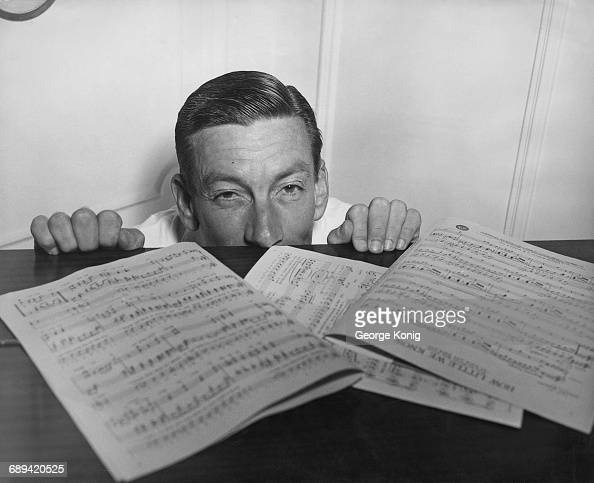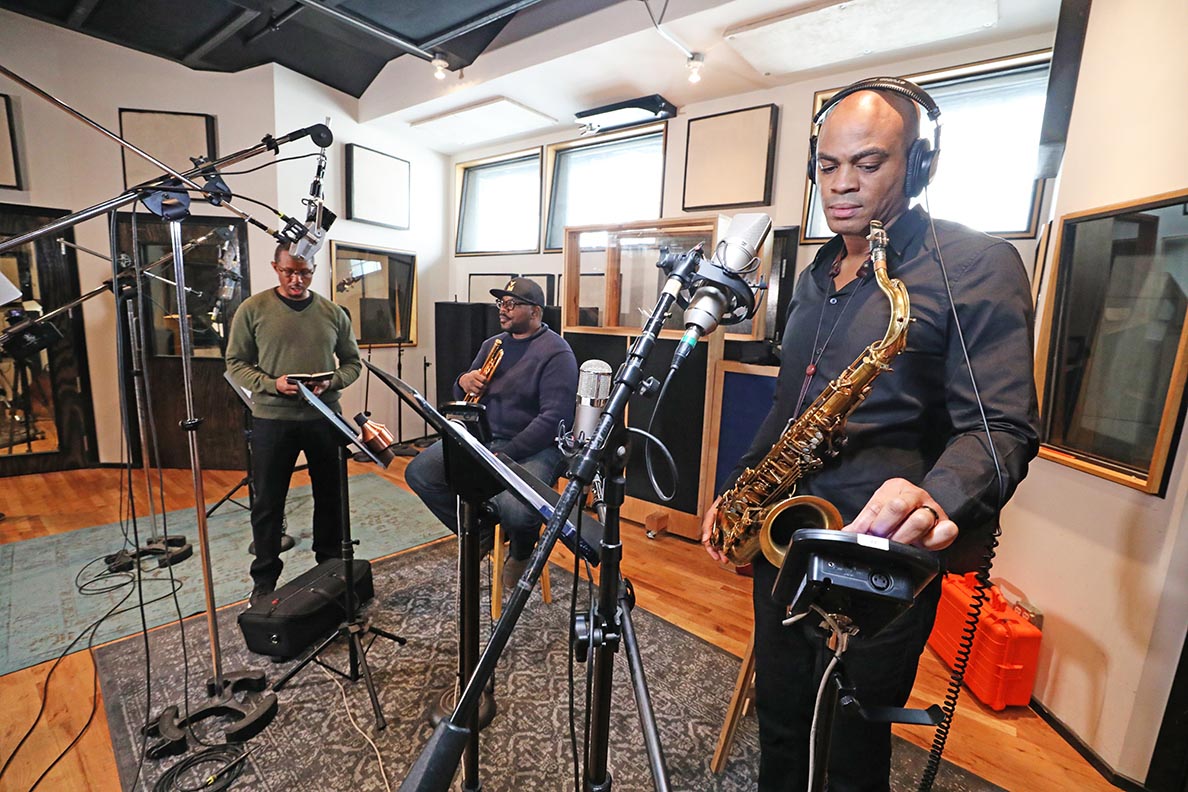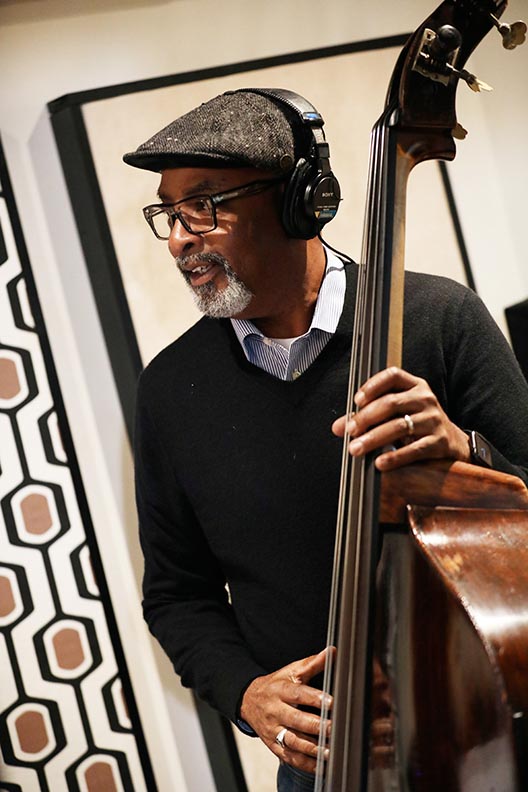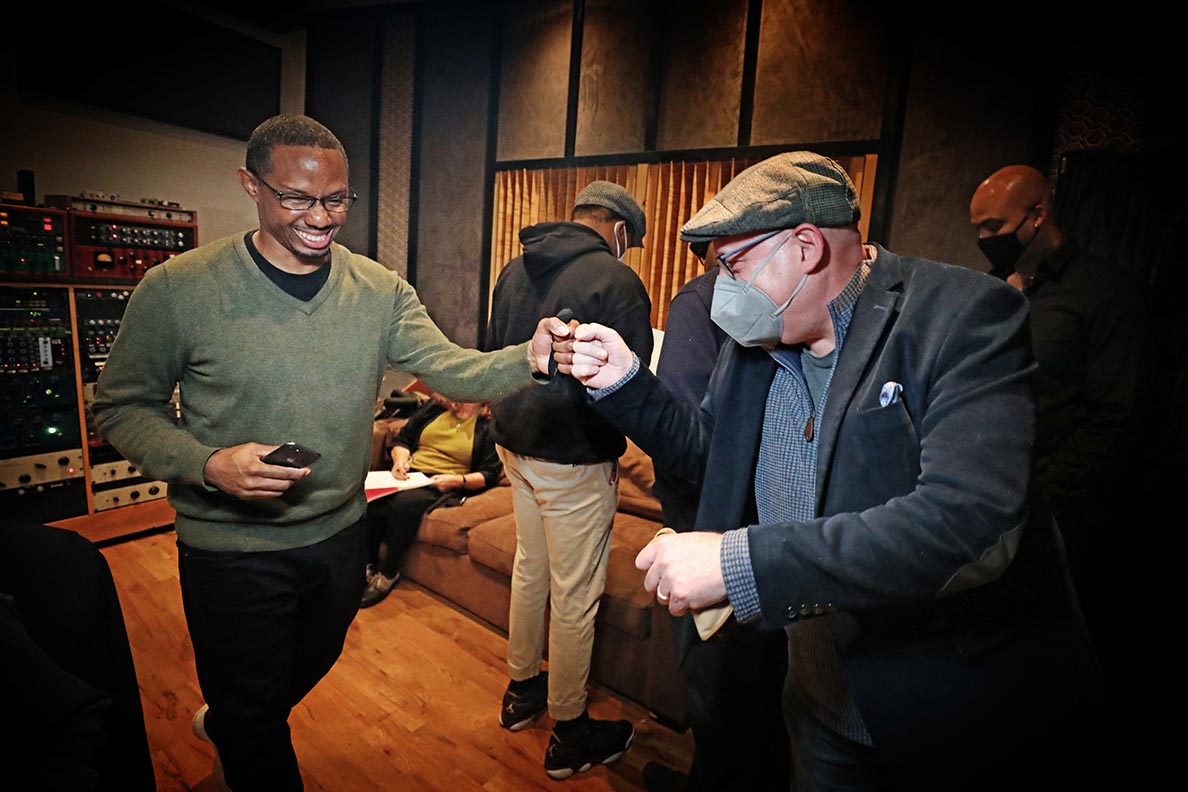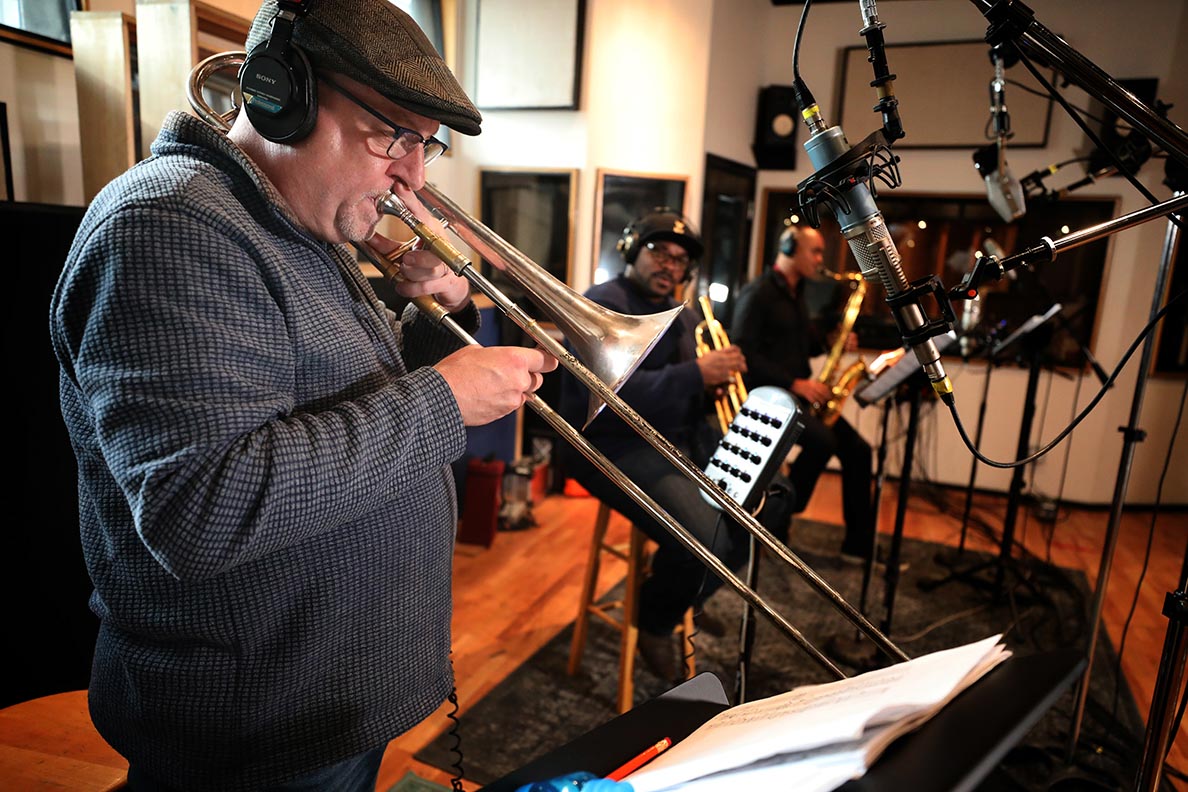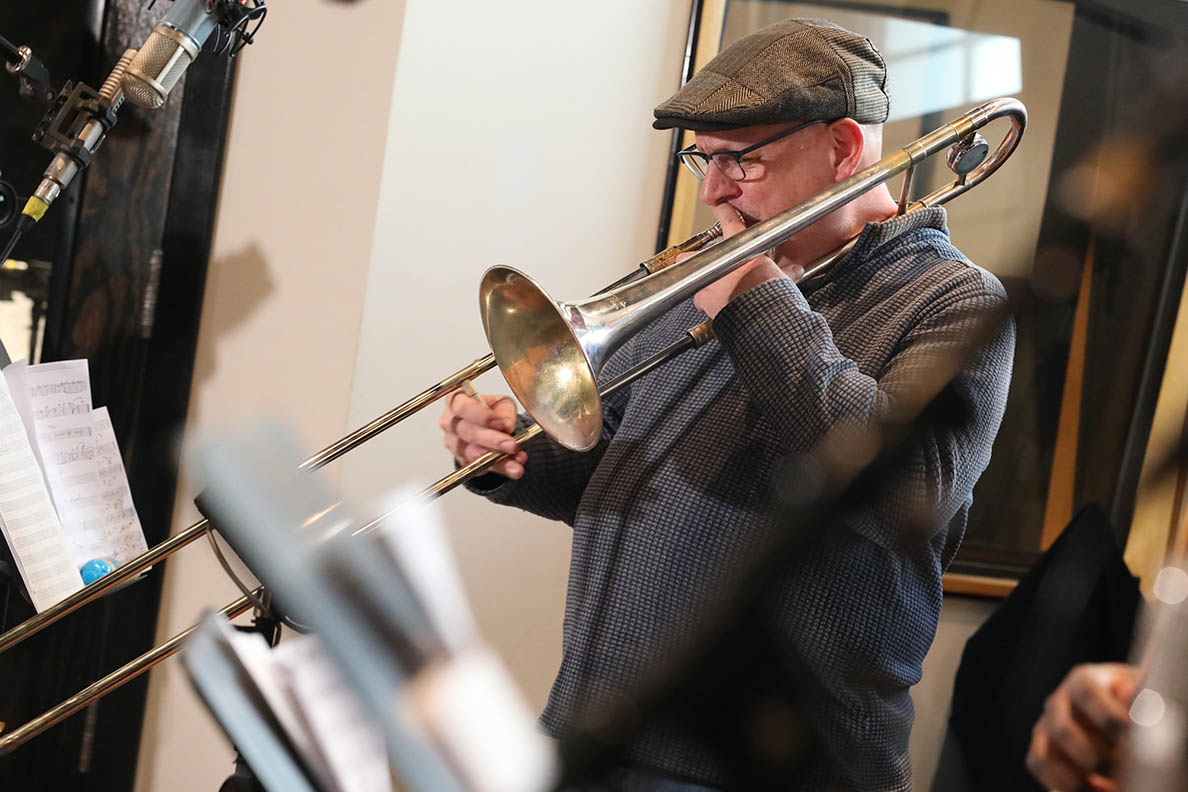Q&A with Camille Thurman – Part 2
Part Two of Night is Alive’s exclusive interview with Camille Thurman
It’s finally here – the final part of our conversation with the incredible Camille Thurman! As an accomplished composer, esteemed saxophonist, vocalist, and unique interpreter of the jazz tradition, she is quickly becoming one of the leading standard bearers of the art form (from https://www.camillethurmanmusic.com/bio). And now, more from Camille…
NiA: You have five studio albums now, and received multiple jazz awards. Which moment from your career makes you most proud?
CT: Getting recognized is nice and great and wonderful but the real reason you do it is for the love of the music and every time I get to play with a musician I love is an honour and a privilege. That they’re willing to join you in creating their vision is an honor. Whether you get recognized or not isn’t as important as getting to play with the people you really respect and admire.
NiA: Yes, it is such an honor. In the beginning what music were you and these musicians playing together? Jazz standards?
CT: In the beginning I figured out who I wanted to play with and work with, then the first step was learning their music, as well as learning all the stuff that you should know. If you’re playing in a session, play the repertoire, learn what particular people want to work with, what are they playing, so if hypothetically you get an opportunity to play with them, know where they’re coming from, whatever it is. You need to meet them where they are and have musical conversation, and my own stuff that over the years I like and have been attracted to are things that inspire me and a lot of times things that I’ve learned from.
NiA: What was it like to record the new album Radiance? Do you have any favorite moments that stood out?
CT: It was really fun! Lonnie Plaxico is an incredible bassist, and he played with Art Blakey, so it was just an honor and privilege. Like woah, I couldn’t believe I got to play with him. I was with my band and Darrell Green, when I got the call from Lonnie Plaxico that he wanted me on his project, and I thought let me get all my stuff together, he’s incredible. I love and appreciate his musicality and composition and so, I was like wait, we’re not doing your stuff? He used to tell me stories all the time about going up to Chicago and what it was like at that time–you had to learn the music of the people and make people groove and dance and if you could do that that’s what mattered, it wasn’t about showing off on your instrument. He talked about that a lot, so I was like, “wow okay you’re finally getting to do this” and he was like “I want you to have an opportunity to do what you do too on the album.”
The whole session was just fun and easy, not technically easy, but just could breathe with ease–that’s how it felt recording all the music. We didn’t even have to do multiple takes, we just came in and did it and it just happened, the way Lonnie played was just wow…. I was like a kid in the candy store. Recording the music just felt so good, which is what matters. Does it feel good? If it doesn’t feel good, you’re going to work hard. But the whole session was fun and easy. I appreciated it so much because you don’t hear that every day. And Lonnie Plaxico’s brother comes from that same era, so it felt like I was transported in time–that was the real deal and it’ll get the people feeling good.
NiA: Which is your favorite song from Radiance?
CT: Oh, that’s a hard one! I really liked “It’s a Shame.” When you have projects like this, when you’re pulling out different songs from different eras especially when it’s an iconic song, but you don’t want to abandon your own way of playing, it’s always tricky and fun. It’s fun keeping the respect of what it already is and to be able to appreciate it. And even though I’m the new generation I was able to find my own way of hearing the song; I wasn’t trying to just copy it exactly. I really had a lot of fun on this album and everyone should go and buy it!
Check out Night is Alive’s albums page for the very best in jazz, including Radiance.
Learn more about Camille Thurman at https://www.camillethurmanmusic.com/
written by Jacqueline Knirnschild
